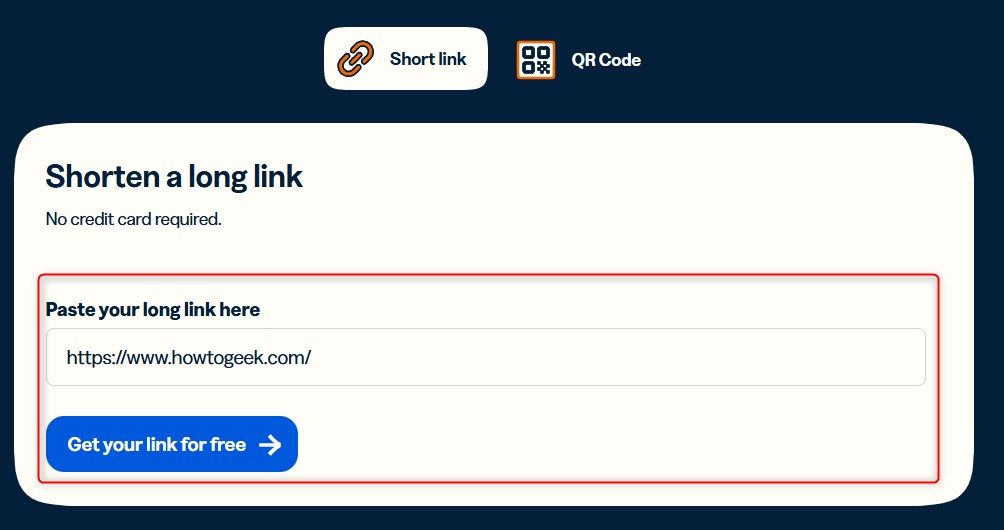Summary
- URL shorteners are very unlikely to run out of options due to the clever combination of math and resource management.
- The math behind base encoding and small changes in the algorithms is what keeps short-link services going.
- There’s more to link shorteners—did you know they are used for analytics in marketing?
URL shorteners produce bite-sized links by the millions, yet the well never seems to run dry—there’s more happening behind the scenes than meets the eye.
What Do URL Shorteners Do?
URL shorteners take long web addresses and condense them into tidy links that slip easily into social media posts or promotional materials. When you paste a long, unwieldy web address into a URL shortener, the system quickly translates that lengthy text into a condensed token. You may wonder how these services avoid running out of unique codes. It looks like they keep spitting out fresh tokens even after millions of URLs.
How Do URL Shorteners Work?
This process is often powered by base encoding, where a series of characters (letters, numbers, and sometimes symbols) stand in for pieces of data. By using bases like 62 or even higher, these services can massively expand the total number of available combinations.
For instance, base 62 harnesses 26 uppercase letters, 26 lowercase letters, and 10 digits. Some platforms even mix in punctuation or other characters to push the ceiling higher. Before you know it, you’re looking at a practically endless number of codes. Each additional character in a short link exponentially increases the number of combinations, often adding billions or trillions of new possibilities.
To go into this further, a six-character base-62 string like aB1cD9 might link to something longer and messier like “https://example.com/blog/2025/january/new-year-tips.” Another random-looking code like “XyZ4m8Q,” could take you to “https://www.howtogeek.com.” These codes might look like a jumble of letters and numbers, but they have a purpose. Each one is mapped to a specific URL in the shortener’s database, so when you click that short link, you’re instantly taken to the right destination. This keeps things organized, even after millions of links have been generated.
Not every shortener uses base encoding in isolation. While some rely on sequential patterns and straightforward counters, others use random strings or cryptographic algorithms that produce near-infinite variations. Still, more services combine incremental counters with hashing—a process that creates a unique digital fingerprint for any given input. They all aim for one thing: a unique fingerprint for each new link.
Recycling and Expiring Links
One of the lesser-known practices with certain URL shorteners is recycling old or abandoned links. A code pointing to an old, irrelevant page reverts to the available pile. It also means a previously used token can point somewhere new, the same way an outdated phone number can change hands. While it’s not a universal approach, it helps in reusing existing shortcodes and reduces collisions for those services that do it.
Most modern services avoid recycling links to prevent broken links or malicious use.
So, Can They Actually Run Out?
The quick answer is “not likely.” The math behind base encoding is incredibly powerful, offering billions—if not trillions—of unique combos once you ramp up the number of characters or mix in additional symbols. Many shortener platforms are also proactive. They keep extra characters in reserve, adapt their algorithms, or increase the length of links whenever they notice usage climbing.
So, if you start with a six-character code in base 62, that’s around 57 billion possible combinations. Add just one more character, and suddenly you’ve got 3.5 trillion. If you have eight characters, and you’re now looking at 218 trillion options. As you can see, the possibilities expand quickly by just adding one character. Combined with dynamic link creation (which ensures unique tokens and avoids collisions), services have a virtually endless supply of short links. Even platforms hosting tens of billions of links fail to scrape the bottom of that well.
While the math that keeps link shorteners afloat is certainly impressive, there’s even more to them than you might realize. Many shortener services include built-in analytics. That means every click is tracked, logged, and charted, making it easy to see where your traffic is coming from, what time of day it spikes, and how many total clicks you’re getting.
With real-time metrics, they can make quick tweaks—adjusting ad copy or landing pages based on what’s performing best. Some of the more advanced platforms offer custom routing based on the user’s region or device, making sure clicks from different parts of the world or people on different phones get directed to the most relevant page possible.
Whether you’re sharing a tweet, promoting your online shop, or simply trying to tidy up a massive URL, there’s more than enough room in the short-link universe for everyone. If you don’t want to use a link shortener, you can always clean your link before you share it.





